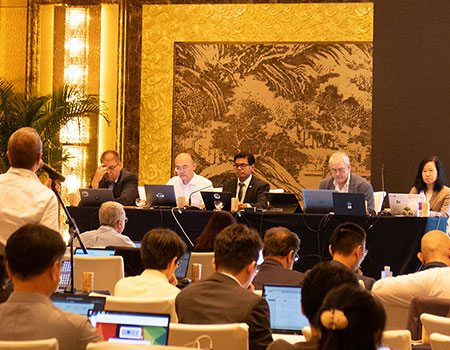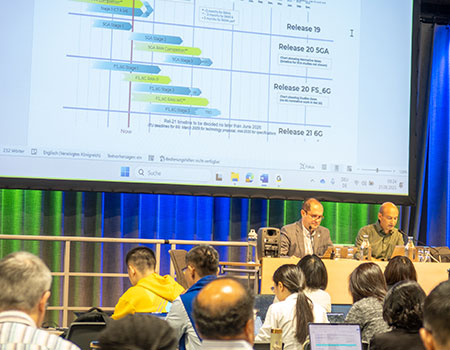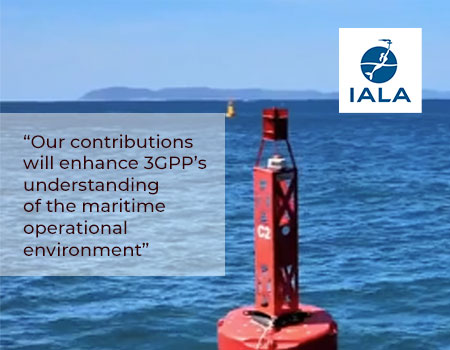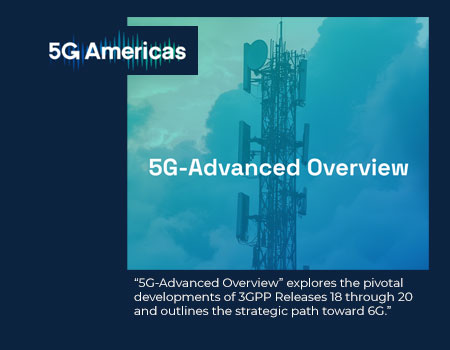Release 17 Update from SA2
By Puneet Jain, 3GPP Working Group SA2 Chair (Article first published in HIGHLIGHTS Issue 02, March 2021).
Technical Specification Group SA Working Group 2 is in charge of developing the Stage-2 specifications of the overall system architecture - including the main functions and entities of the 3GPP network, how these entities are linked to each other and the information they exchange.
The group defined the 5G system architecture as part of 3GPP Release-15 and has continued its progress with the Release-16 work - focusing on following key focus areas:
- 5G System (5GS) enablers for new verticals:
- Industrial automation, including Time Sensitive Communication (TSC), Ultra Reliable and Low Latency Communication (URLLC) and Non-Public Networks (NPNs)
- Cellular Internet of Things (CIoT) support for 5G system
- Vehicle-to-Everything (V2X) communication
- 5G Wireless Wireline Convergence (5WWC)
- Other 5G system enhancements:
- Enhancements for Network Analytics (eNA),
- Support for Access Traffic Steering, Switching and Splitting (ATSSS),
- Optimized UE radio capability signalling (RACS),
- Enhanced Network Slicing (eNS),
- Enhanced Service Based Architecture (eSBA),
- Single Radio Voice Call Continuity (5G-SRVCC),
- Enhanced Location Services (eLCS).
Although SA2 kicked off work on Release-17 study items in the fourth quarter of 2019, the major part of the work has taken place after the prioritization exercise for the release at the TSG SA#89 plenary meeting in December 2019.
That prioritization exercise resulted in the following new Release-17 study items and work items, approved as the focus of further enhancements to the 5G system and enablers for new features and services:
Study on enhanced support of non-public networks
To enable support for Standalone Non-Public Network (SNPN) along with subscription/credentials owned by an entity separate from the SNPN, support for Video, Imaging and Audio for Professional Applications, Support of IMS voice and emergency services for SNPN, and support for UE Onboarding and remote provisioning.
Study on enhanced support of Industrial Internet of Things
To enhance support of Time Sensitive Communication (TSC), including enhancements for support of deterministic applications and enhancements to IEEE Time-Sensitive Networking (TSN). Key issues addressed in the study include Uplink Time Synchronization, UE-UE TSC communication, Exposure of QoS and related enhancements, Exposure of Time Synchronization services for activation/deactivation, support for PTP time sync and use of Survival Time for Deterministic Applications in 5GS.
Study on enhancement of support for edge computing in 5GC
To define solutions to enhance the forwarding of some UE application traffic to the applications/contents deployed in Edge Computing Environment, including the dynamic insertion of traffic offloading capabilities, seamless change of application server serving the UE, provide local applications with information on e.g. the expected QoS of the data path, supporting PSA change when the application does not support notifications of UE IP address change.
Study on Access traffic steering, switch and splitting support; Phase 2
Aims to support additional traffic steering capabilities as well as supporting Multi access PDU Session using 3GPP LTE/EPC resources as a 3GPP access.
Study on enablers for network automation for 5G; Phase 2
To address some leftover work from Rel-16, such as data collection from UE for analytics generation; how to ensure that slice SLA is guaranteed. Also new functionality will be supported which includes - Multiple NWDAF Instances in one PLMN including hierarchies, enabling real-time or near real-time NWDAF communication, NWDAF-Assisted UP Optimization, Interaction between NWDAF and AI Model & Training Service owned by the operator.
Study on enhancement of network slicing; Phase 2
Identifying the gaps that need to be filled in providing support in the specifications owned by SA WG2 for the Generic Network Slice Template (GST) attributes defined by GSMA 5GJA and captured in document NG.116.
Study on architecture enhancements for 3GPP support of advanced V2X service; Phase 2
This study aims to provide support of QoS aware NR PC5 power efficiency for pedestrian UEs.
Study on system enablers for devices having multiple USIMs
To support enhancements for handling of Mobile Terminated service with a Multi-USIM device, enabling of Paging Reception for Multi-USIM Devices and coordinated leaving for the Multi-USIM device.
Study on system enhancement for proximity-based services in 5GS
To provide support for ProSe Direct discovery, ProSe Direct communication, UE-to-Network Relay, UE-to-UE Relay, direct communication path selection between PC5 and Uu, and PC5 Service Authorization and Policy/Parameter Provisioning.
Study on architectural enhancements for 5G multicast-broadcast services
Aims to develop 5G architecture for general 5G multicast and broadcast communication services, enabling, e.g., transparent IPv4/IPv6 multicast delivery, IPTV, software delivery over wireless, group communications and IoT applications, V2X applications, public safety.
Study on supporting Unmanned Aerial Systems (UAS) connectivity, identification, and tracking
Vehicles (UAV) identification, UAV authorization by UAS Traffic Management, UAV authorization revocation and (re)authorization failures, UAV - UAV Controller association and tracking, and User Plane Connectivity for UAVs. It addresses both 5G Core and 4G EPC.
Study on architecture aspects for using satellite access in 5G
Addresses following aspects related to integration of satellite access in the 5G system - Mobility Management with large coverage areas, Mobility Management with moving coverage areas, Delay in satellite, QoS with satellite access, QoS with satellite backhaul, RAN mobility with NGSO (Non-Geostationary Satellite Orbit) regenerative-based satellite access, Regulatory services with super-national satellite ground station.
5G system enhancement for advanced interactive services
(5G_AIS)
This Work Item is to define potential QoS parameters e.g. new standardized 5QI(s) corresponding to QoS requirements for interactive services like cloud gaming service.
Enhancement to the 5GC location services; Phase 2
Aims to provide support for very low latency and very high accuracy positioning, including horizontal and vertical positioning service levels, 5G positioning service area. This work item will also enable MCX UE to use the 5G positioning services to determine its position.
Multimedia Priority Service (MPS); Phase 2
(MPS2)
Addresses the impacts to EPS and 5GS core network specifications for supporting MPS for MMTel voice teleconferencing, MPS Data Transport Service (DTS) communications and MPS for MMTel video, MMTel video teleconferencing and streaming video.
Despite the COVID-19 challenges, SA2 continues to make good progress on Release-17 work, thanks to the meticulous work planning and outstanding effort of the meeting participants. At the time of writing, most of the Study items are over 95% complete. SA2 plans to finish the Stage-2 normative work by June 2021. Release-17 Stage-3 target freeze date is March 2022 and ASN.1/Code freeze target is June 2022.
Further reading:
- More about SA2 at https://www.3gpp.org/specifications-groups/sa-plenary/sa2-architecture
- More about 3GPP Releases at https://www.3gpp.org/specifications/releases
- Article first published in HIGHLIGHTS Issue 02, March 2021

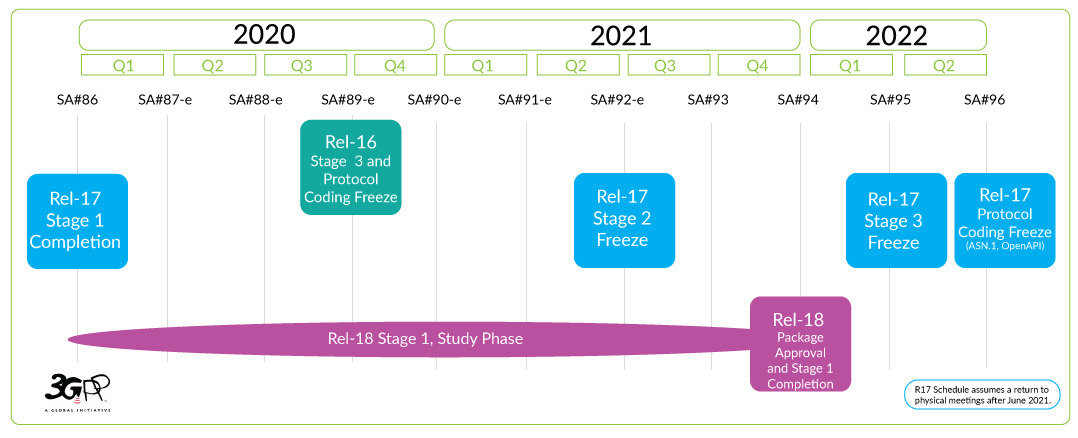
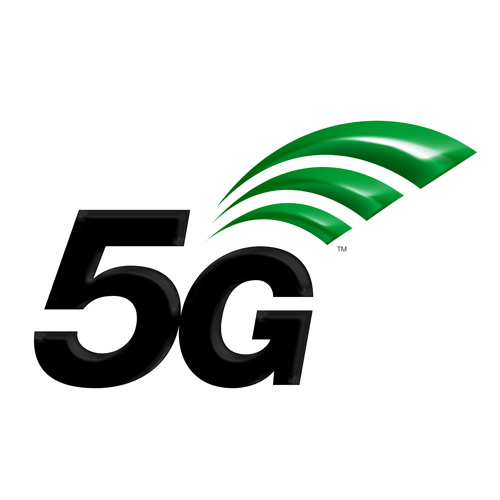
 3GPP News
3GPP News
